Can You Use Succulent Soil for Other Plants? Expert Answers
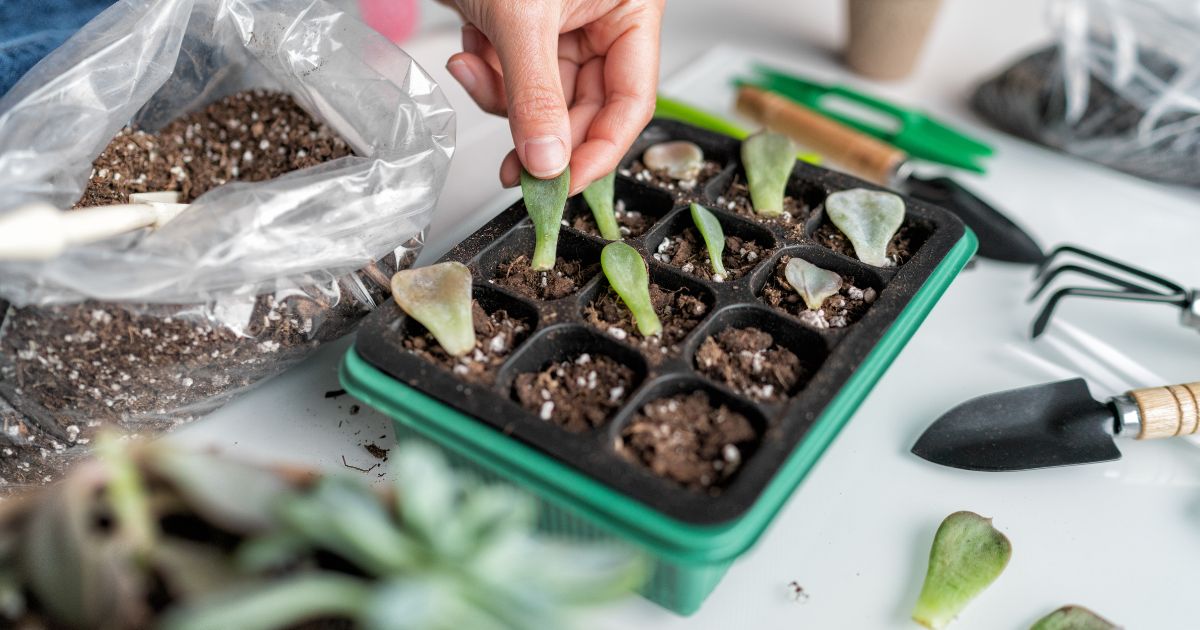
Succulent soil is a great choice for other plants, since this soil contains different types of organic and inorganic materials which other plants love too. I decided to find out which of my other plants benefit from the drainage efficiency and soil composition of succulent soil.
I was surprised by just how many other indoor plants thrive in this soil!
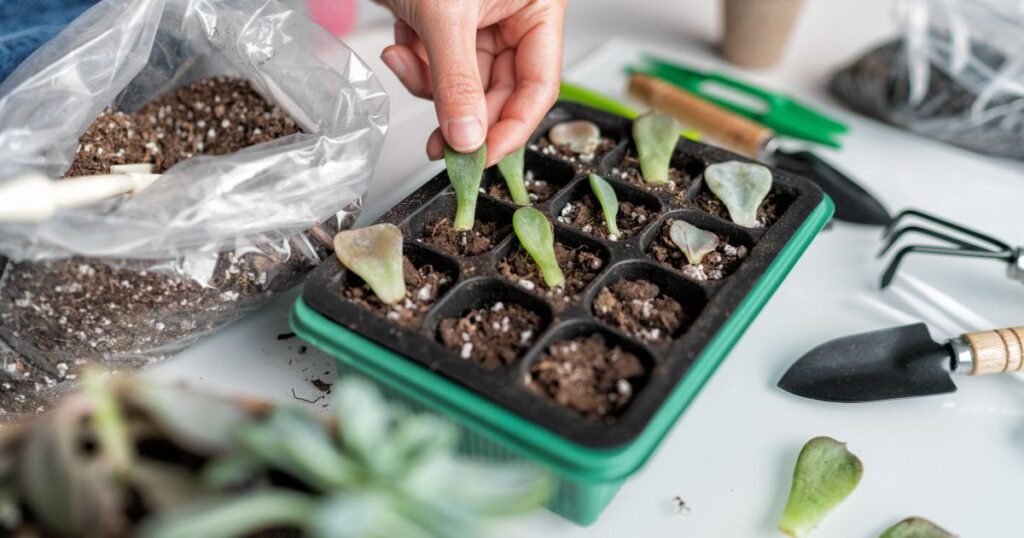
Can You Use Succulent Soil for Other Plants?
Yes, you can use succulent soil for lots of other plants, including tropical plants like snake plants and pothos, herbs like rosemary, thyme, and sage, and bonsai trees. Add moistureretaining ingredients like compost, vermiculite, and coconut coir to use succulent soil for other plants.
Here’s what you need to know about how to use your succulent soil for all kinds of plants.
- Succulent soil is a specialized potting mix that provides good drainage and support for succulent plants.
- It is fast-draining and contains a higher proportion of sand than regular soil, as well as other materials that improve drainage and provide support.
- Succulent soil is formulated to provide a balanced mix of nutrients, but it is relatively nutrient-poor, so liquid fertilizers can be helpful.
- Succulent soil can be used for other plants, but it is important to consider each plant’s specific needs before deciding on a soil type.
- Before using succulent soil for other plants, consider the texture, water retention, aeration, pH, and mineral content of the soil.
- Succulent soil can be beneficial for plants that are sensitive to moist soil, such as tropical plants or bonsai, as it provides good aeration and prevents overwatering.
- Some plants require more water retention and may struggle to grow in fast-draining soil, while others may require more support or nutrients than succulent soil provides.
- To use succulent soil for bonsai, amend it with materials like akadama, pumice, lava rock, and coconut coir to provide good drainage, aeration, and moisture retention.
- To use succulent soil for tropical plants, add materials like peat moss and coir to increase the soil’s ability to retain moisture.
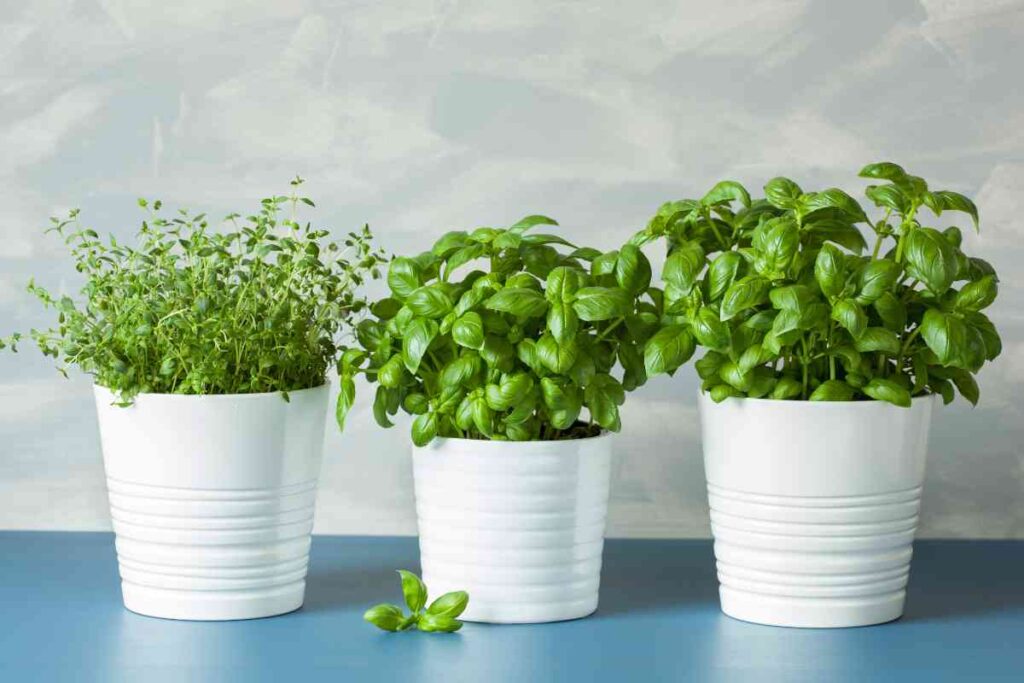
It is important to consider the specific needs of each plant before deciding on a soil type. Some plants may benefit from a mix of succulent soil and regular potting soil, while others may require a completely different type of soil altogether.
By understanding the unique properties of succulent soil and the needs of various plants, you can make an informed decision on whether or not to use succulent soil for your other plants.
What is Succulent Soil?
Succulent soil is a specialized potting mix that is designed to meet the unique needs of succulent plants. Succulent soil is typically made up of a combination of soil, sand, and other materials that provide good drainage and support for the plants.
Succulent soil is different from regular soil in a few key ways. First, it is designed to be fast-draining, which means that it allows water to flow through the soil quickly and easily.
This is important for succulent plants because they are adapted to dry, desert conditions and are prone to root rot if they are overwatered.
Succulent soil also typically contains a higher proportion of sand than regular soil. This helps to improve the soil’s texture and allows for better aeration and drainage.
In addition, succulent soil may contain other materials like perlite, pumice, or vermiculite, which can help to improve drainage and provide additional support for the plants.
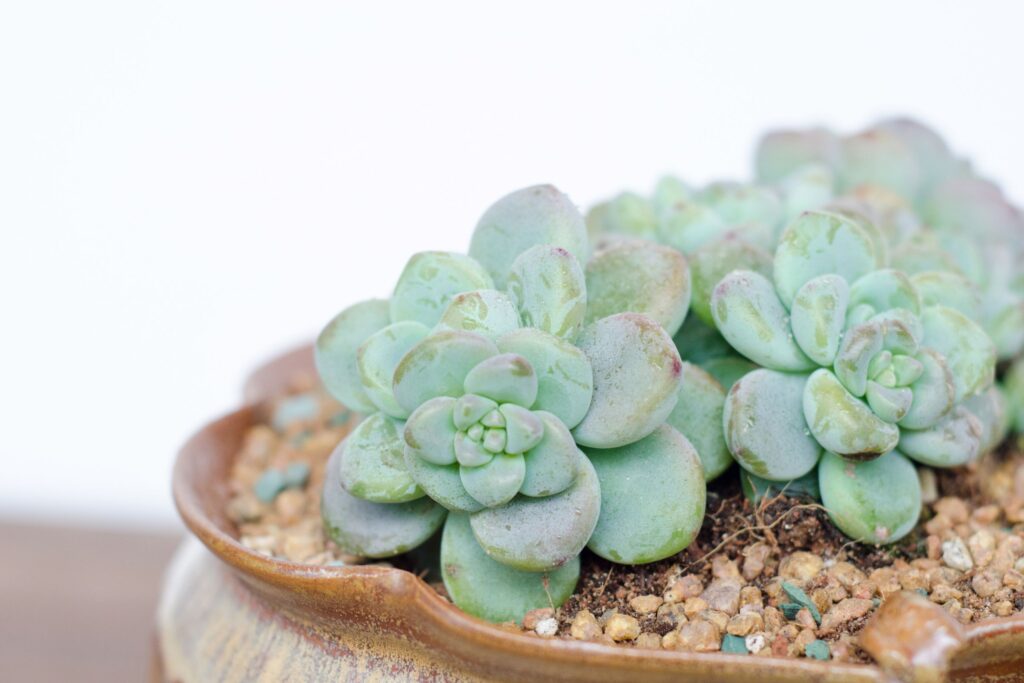
Succulent soil is typically formulated to provide a balanced mix of nutrients like nitrogen, phosphorous, and potassium, as well as other minerals like iron and magnesium. Liquid fertilize is helpful to balance out the relatively nutrient poor quality of most succulent soil.
Can You Use Succulent Soil for Other Plants?
Succulent soil is a popular choice for growing succulents due to its fast-draining properties and ability to prevent root rot. However, many gardeners wonder if succulent soil can be used for other plants as well.
Factors to Consider
Before using succulent soil for other plants, it’s important to consider the texture, water retention, aeration, pH, and mineral content of the soil.
Succulent soil is typically made up of a mix of organic matter, such as compost or coconut coir, and inorganic matter, such as sand or rocks.
It is designed to provide fast drainage and prevent overwatering, which can be beneficial for plants that are prone to root rot.
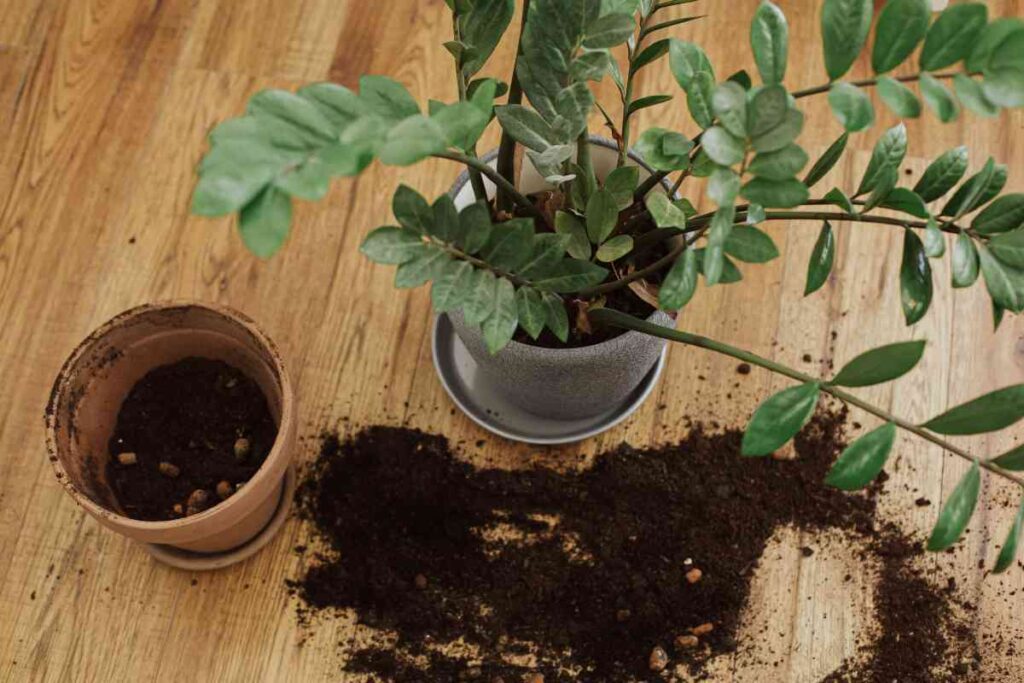
Benefits of Using Succulent Soil for Other Plants
One of the main benefits of using succulent soil for other plants is its ability to provide good aeration and prevent overwatering.
This can be particularly useful for plants that are sensitive to moist soil, such as tropical plants or bonsai. Additionally, succulent soil provides a balanced mix of nutrients for plants.
Drawbacks of Using Succulent Soil for Other Plants
While succulent soil can be beneficial for some plants, it may not be suitable for all plants. Some plants require more water retention and may struggle to grow in fast-draining soil.
Additionally, succulent soil may not provide enough support for plants with large root systems or those that require a lot of nutrients.
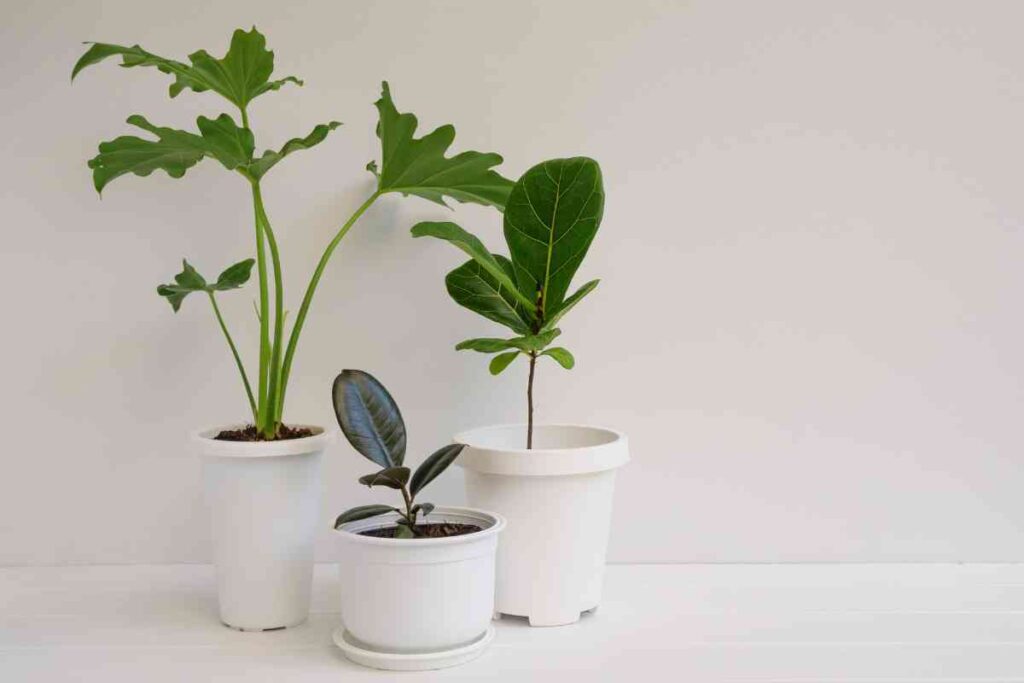
How to Use Succulent Soil for Different Types of Plants
How to Use Succulent Soil for Bonsai
Bonsai needs fast-draining soil that provides plenty of air pockets for root development. That makes succulent and cactus mix a good choice when it’s amended a bit to retain moisture.
Start with a high-quality succulent soil mix. Look for a mix that has good drainage properties and is made with materials like coarse sand, perlite, or vermiculite. Then, add the following:
- Akadama: Akadama is a type of clay soil that is commonly used in bonsai soil mixes. It has good water retention properties and helps to provide a stable environment for the roots.
- Pumice: Pumice is a volcanic rock that is also commonly used in bonsai soil mixes. It is lightweight, porous, and helps to improve drainage.
- Lava rock: Lava rock is another volcanic rock that is often used in bonsai soil mixes. It is also lightweight, porous, and helps to improve drainage.
- Coconut coir: Coconut coir is excellent at retaining moisture and gradually releasing it, which makes it perfect for adding to a bonsai mix.
By amending your succulent soil mix with these components, you will create a soil mix that provides good drainage, aeration, and moisture retention for your bonsai.
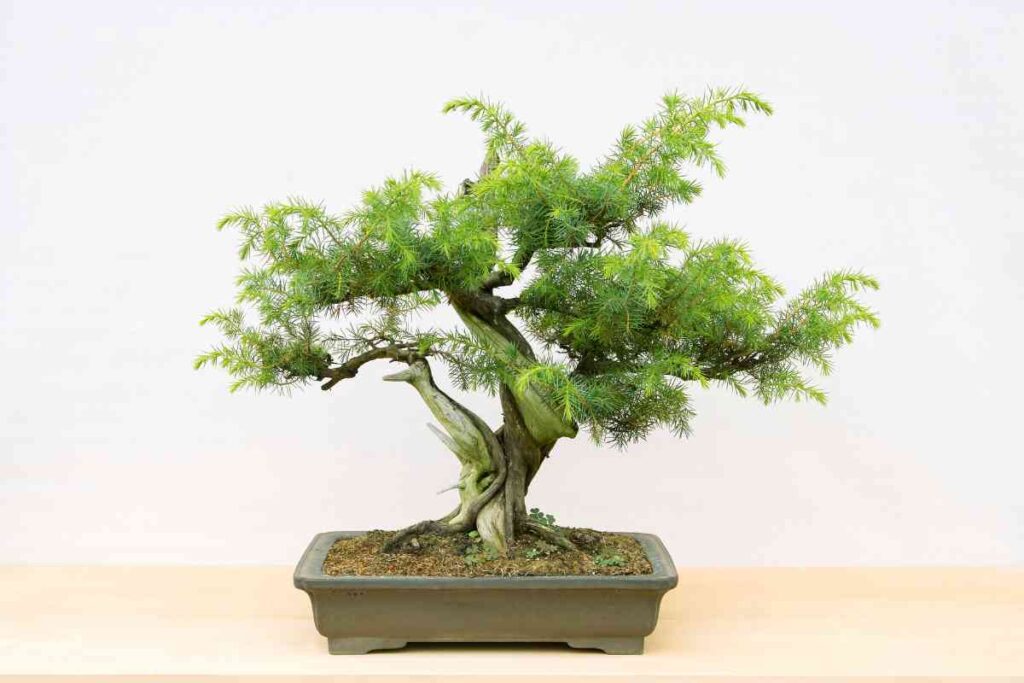
How to Use Succulent Soil for Houseplants
To make succulent soil appropriate for tropical plants, you need to add materials that will increase the soil’s ability to retain moisture. Here are some materials that can be added to succulent soil to make it suitable for tropical plants:
- Peat Moss: It is a common ingredient in soil mixes for tropical plants. It is acidic and helps to retain moisture, which is perfect for tropical plants.
- Coir: It is a natural fiber that is derived from coconut husks. Coir holds water well, but it does not compact like peat moss.
- Perlite: It is a type of volcanic glass that is added to soil mixes to improve drainage. It helps to keep the soil loose and aerated, allowing the roots to breathe.
- Vermiculite: It is a mineral that is used to improve soil moisture retention. It has a high water-holding capacity and can hold up to three to four times its weight in water.
- Compost: It is a good addition to any soil mix, as it adds nutrients and improves soil structure.
When amending succulent soil for tropical plants, it’s important to keep in mind that the soil should still have good drainage to avoid waterlogging the plants. You can also adjust the ratio of each ingredient based on the specific needs of the tropical plant you are trying to grow.
FAQs
Can succulent soil be used for indoor plants?
Yes, succulent soil can be used for indoor plants, particularly those that are prone to root rot or require fast-draining soil.
How do you sterilize succulent soil?
Succulent soil can be sterilized by baking it in the oven at 180°F for 30 minutes or by microwaving it for 90 seconds.
Can you mix succulent soil with regular soil?
Yes, succulent soil can be mixed with regular soil to provide better drainage and prevent overwatering.
How often should you fertilize plants grown in succulent soil?
Plants grown in succulent soil typically require less fertilizer than those grown in regular soil. It’s best to follow the instructions on the fertilizer package and provide a balanced mix of nutrients.
In conclusion, succulent soil can be a good option for a variety of plants. It’s not good for every plant, but indoor plants and bonsai do well with the right choice of succulent soil and additions.
Related Content You May Find Interesting
Here are some more articles that may be of interest to you if you like growing succulents and other plants.





